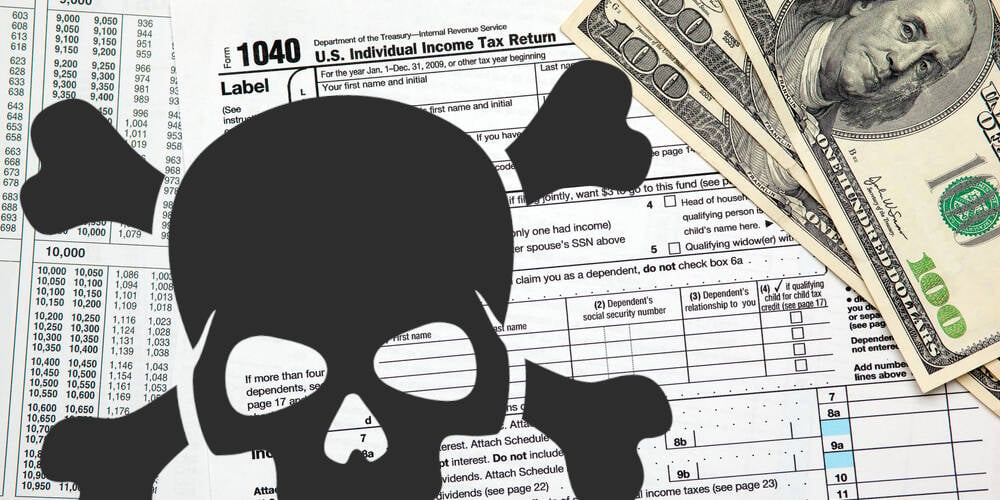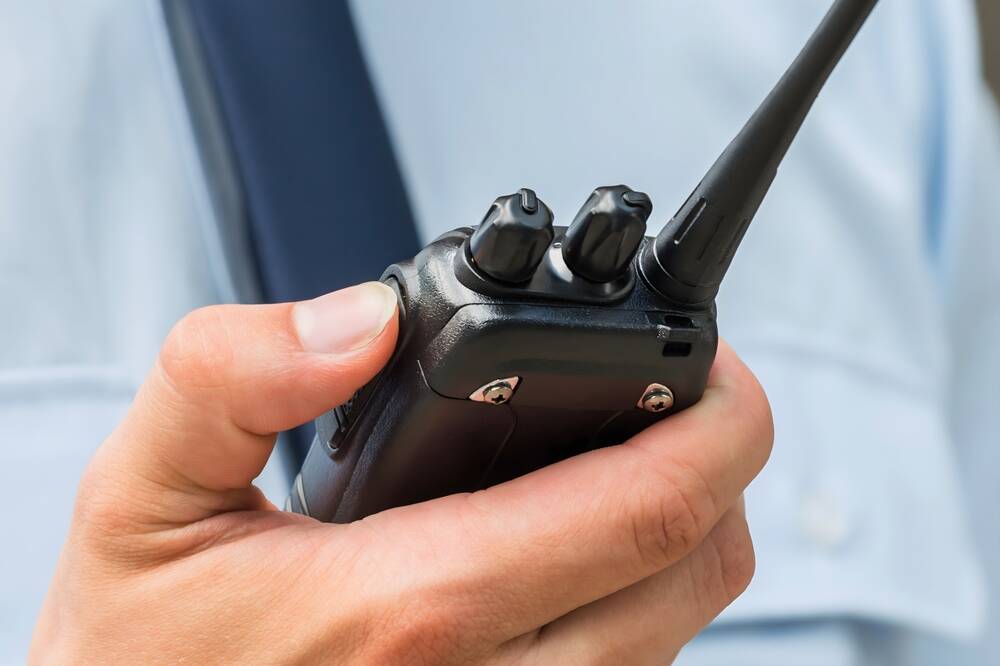BOOK THIS SPACE FOR AD
ARTICLE AD7. August 2020
Read the original article: How South Korea Conducted Its Elections During the Pandemic: A Comparative Case Study
Government Complex in Seoul, South Korea during the 2017 presidential election. (Source: Jeon Han, Republic of Korea, https://flic.kr/p/Tncsqc; CC BY-NC-SA 2.0, https://creativecommons.org/licenses/by-nc-sa/2.0/)
On April 15, 2020, just two months after South Korea reached the mark of being the country with the second-highest number of COVID-19 infections, the country held its 21st legislative elections for all 300 members of the National Assembly. South Korea was one of the first large countries to hold an in-person national election after the outbreak.
By election day, South Korea had recorded over 10,000 cases and 200 deaths. But the country enacted several precautionary measures to minimize the risk of community spread at the polls. As a result of these pandemic-inspired rule changes, over 40 percent of voters cast their ballot early—the highest early voting rate ever—and the country saw an overall turnout of 66.2 percent (over 29 million voters in total), the highest turnout of a parliamentary election since 1992. Well past the election, there have been no confirmed COVID-19 cases related to exposure at the polls during the April election.
Our full report on South Korea is available here.
South Korea’s Precautionary Measures
</p>%0A<p>%C2%A0</p>%0A<p></p>%0A<p><a%20href=" http: target="_blank" rel="noopener noreferrer">Advertise on IT Security News.
Read the original article: How South Korea Conducted Its Elections During the Pandemic: A Comparative Case Study
By continuing to use the site, you agree to the use of cookies. more information
.png)














 Bengali (Bangladesh) ·
Bengali (Bangladesh) ·  English (United States) ·
English (United States) ·